John Larsen - Get Programming with JavaScript
Here you can read online John Larsen - Get Programming with JavaScript full text of the book (entire story) in english for free. Download pdf and epub, get meaning, cover and reviews about this ebook. year: 2016, publisher: Manning Publications, genre: Home and family. Description of the work, (preface) as well as reviews are available. Best literature library LitArk.com created for fans of good reading and offers a wide selection of genres:
Romance novel
Science fiction
Adventure
Detective
Science
History
Home and family
Prose
Art
Politics
Computer
Non-fiction
Religion
Business
Children
Humor
Choose a favorite category and find really read worthwhile books. Enjoy immersion in the world of imagination, feel the emotions of the characters or learn something new for yourself, make an fascinating discovery.
- Book:Get Programming with JavaScript
- Author:
- Publisher:Manning Publications
- Genre:
- Year:2016
- Rating:4 / 5
- Favourites:Add to favourites
- Your mark:
Get Programming with JavaScript: summary, description and annotation
We offer to read an annotation, description, summary or preface (depends on what the author of the book "Get Programming with JavaScript" wrote himself). If you haven't found the necessary information about the book — write in the comments, we will try to find it.
Summary
Get Programming with JavaScript is a hands-on introduction to programming for readers who have never programmed. Youll be writing your own web apps, games, and programs in no time! Foreword by Remy Sharp.
Purchase of the print book includes a free eBook in PDF, Kindle, and ePub formats from Manning Publications.
About the Book
Are you ready to start writing your own web apps, games, and programs? Youre in the right place! Get Programming with JavaScript is a hands-on introduction to programming for readers who have never written a line of code. Since youre just getting started, this friendly book offers you lots of examples backed by careful explanations. As you go along, youll find exercises to check your understanding and plenty of opportunities to practice your new skills. You dont need anything special to follow the examplesjust the text editor and web browser already installed on your computer. We even give you links to working online code so you can see how everything should look live on your screen.
Whats Inside
- All the basicsobjects, functions, responding to users, and more
- Think like a coder and design your own programs
- Create a text-based adventure game
- Enhance web pages with JavaScript
- Run your programs in a web browser
- Four bonus chapters available online
About the Reader
No experience required! All you need is a web browser and an internet connection.
About the Author
John Larsen is a mathematics and computing teacher with an interest in educational research. He has an MA in mathematics and an MSc in information technology. He started programming in 1982, writing simple programs for teaching mathematics in 1993, building websites in 2001, and developing data-driven web-based applications for education in 2006.
Table of Contents
- PART 1 CORE CONCEPTS ON THE CONSOLE
- Programming, JavaScript, and JS Bin
- Variables: storing data in your program
- Objects: grouping your data
- Functions: code on demand
- Arguments: passing data to functions
- Return values: getting data from functions
- Object arguments: functions working with objects
- Arrays: putting data into lists
- Constructors: building objects with functions
- Bracket notation: flexible property names PART 2 ORGANIZING YOUR PROGRAMS
- Scope: hiding information
- Conditions: choosing code to run
- Modules: breaking a program into pieces
- Models: working with data
- Views: displaying data
- Controllers: linking models and views PART 3 JAVASCRIPT IN THE BROWSER
- HTML: building web pages
- Controls: getting user input
- Templates: filling placeholders with data
- XHR: loading data
- Conclusion: get programming with JavaScript BONUS ONLINE CHAPTERS
- Node: running JavaScript outside the browser
- Express: building an API
- Polling: repeating requests with XHR
- Socket.IO: real-time messaging
John Larsen: author's other books
Who wrote Get Programming with JavaScript? Find out the surname, the name of the author of the book and a list of all author's works by series.

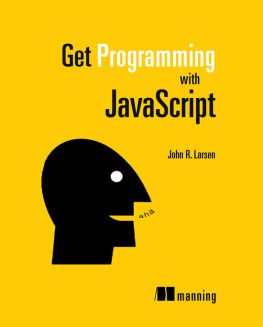
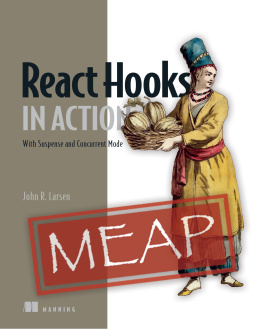
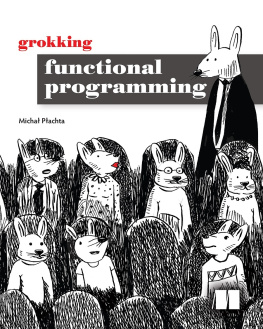
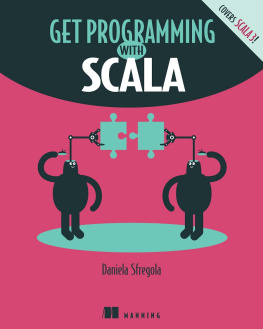
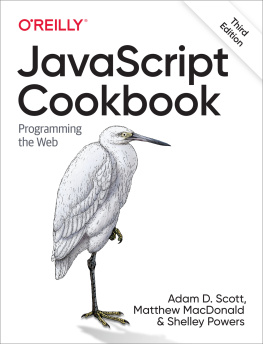
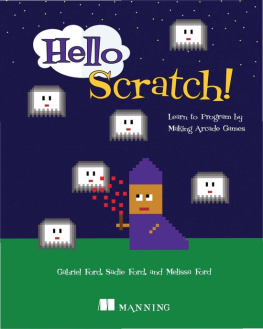

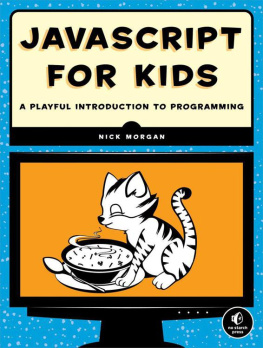
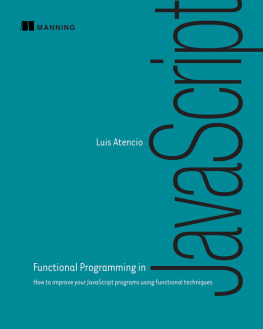
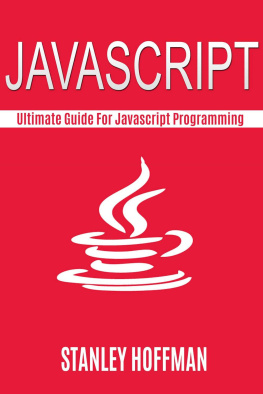
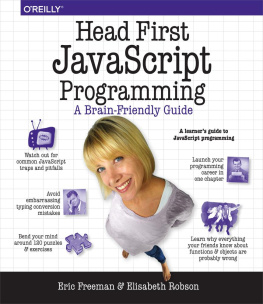
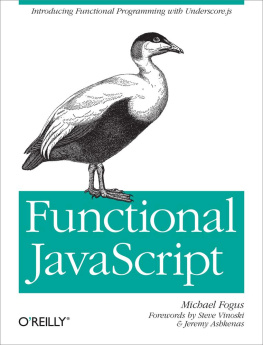
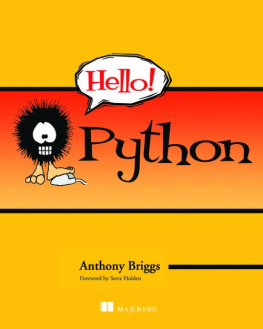
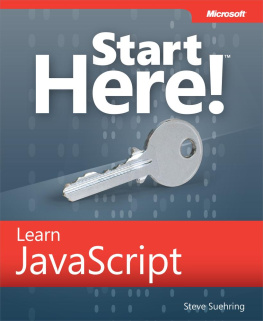

 Recognizing the importance of preserving what has been written, it is Mannings policy to have the books we publish printed on acid-free paper, and we exert our best efforts to that end. Recognizing also our responsibility to conserve the resources of our planet, Manning books are printed on paper that is at least 15 percent recycled and processed without the use of elemental chlorine.
Recognizing the importance of preserving what has been written, it is Mannings policy to have the books we publish printed on acid-free paper, and we exert our best efforts to that end. Recognizing also our responsibility to conserve the resources of our planet, Manning books are printed on paper that is at least 15 percent recycled and processed without the use of elemental chlorine.